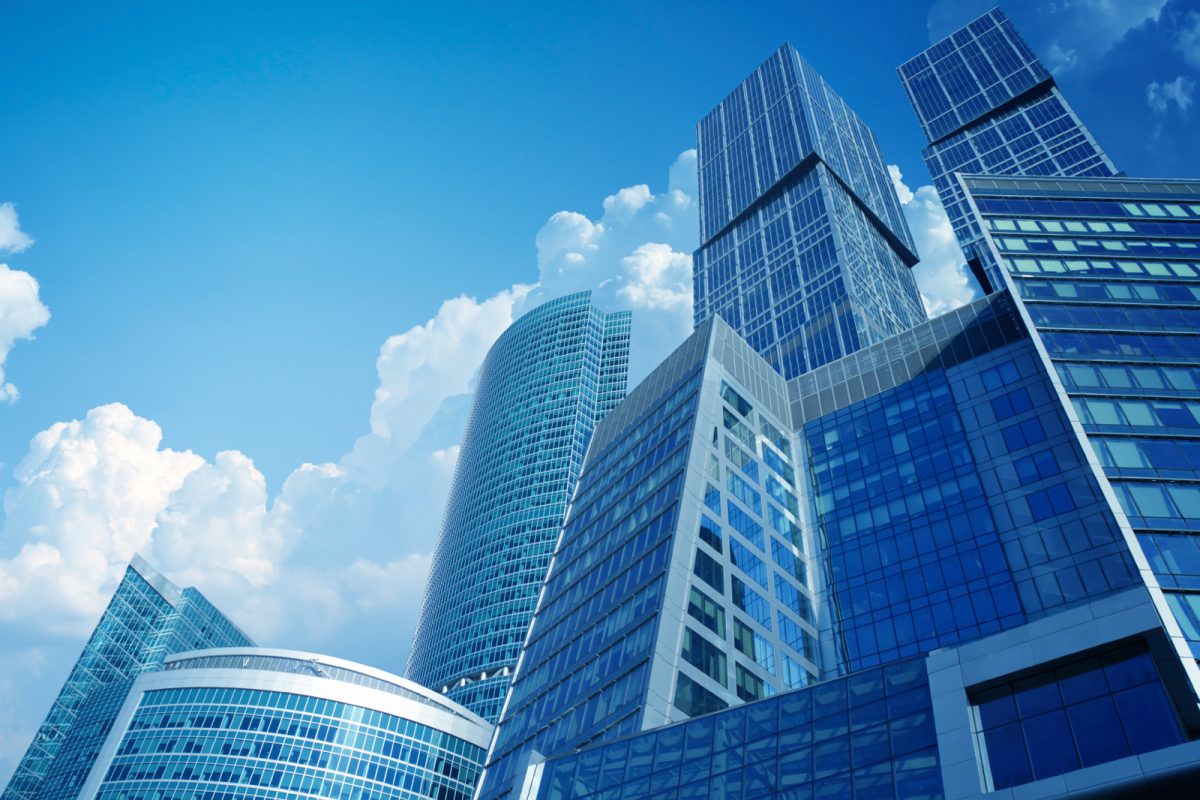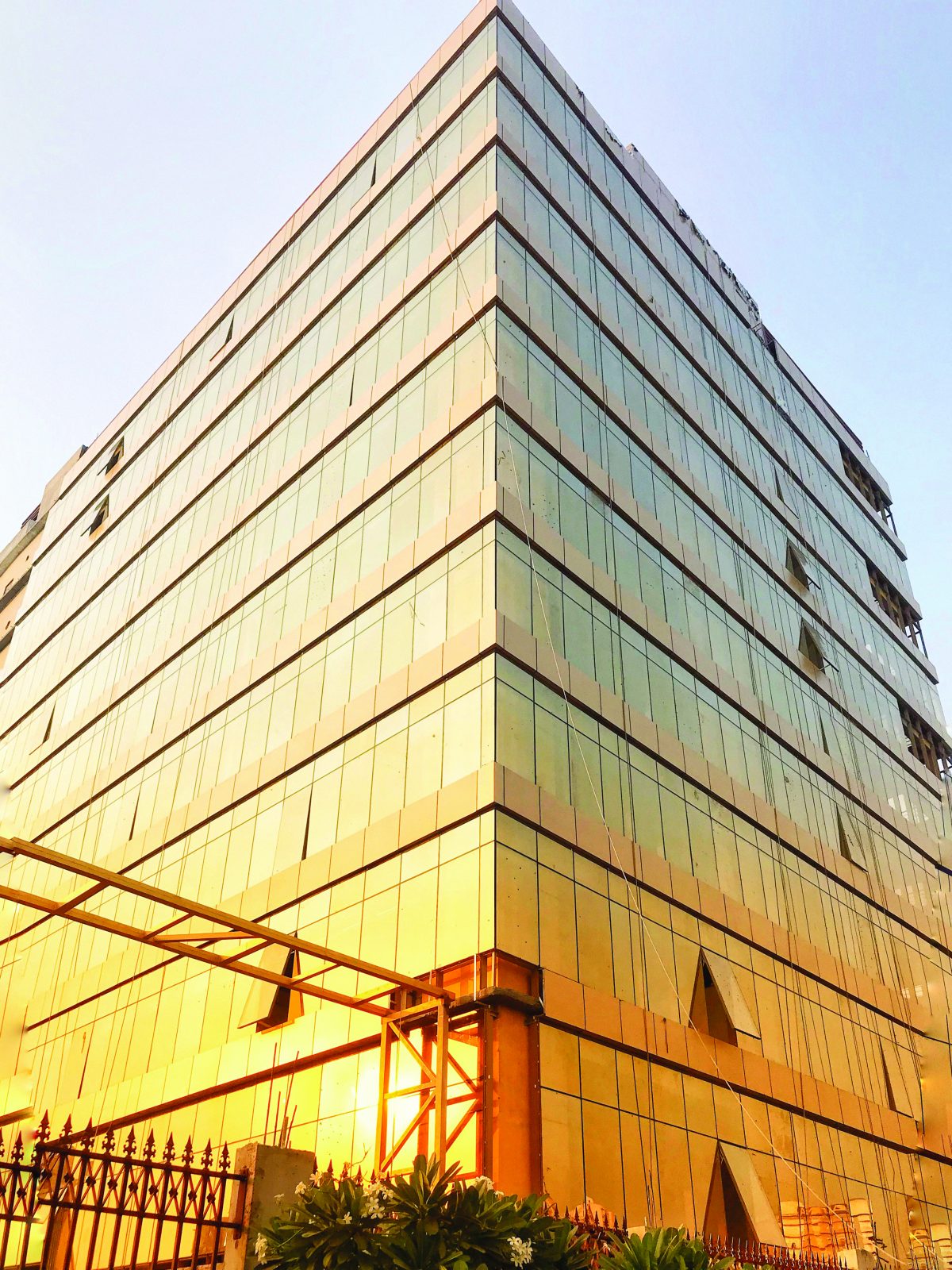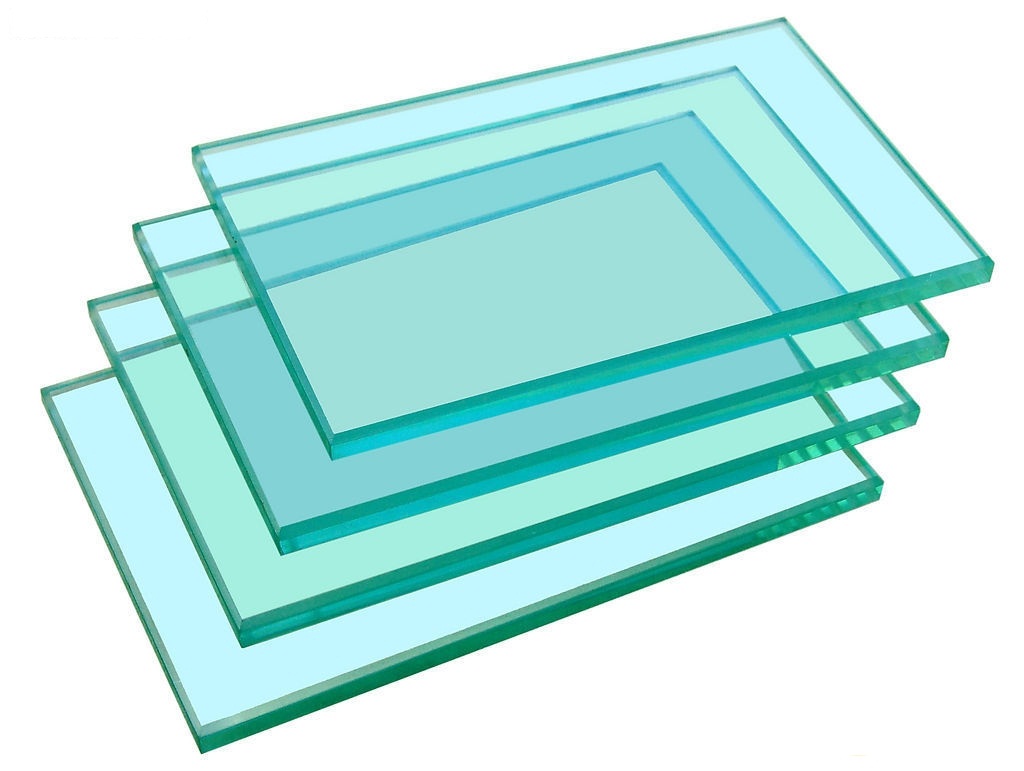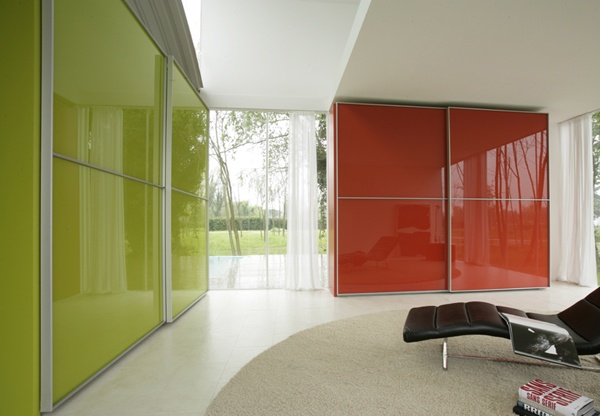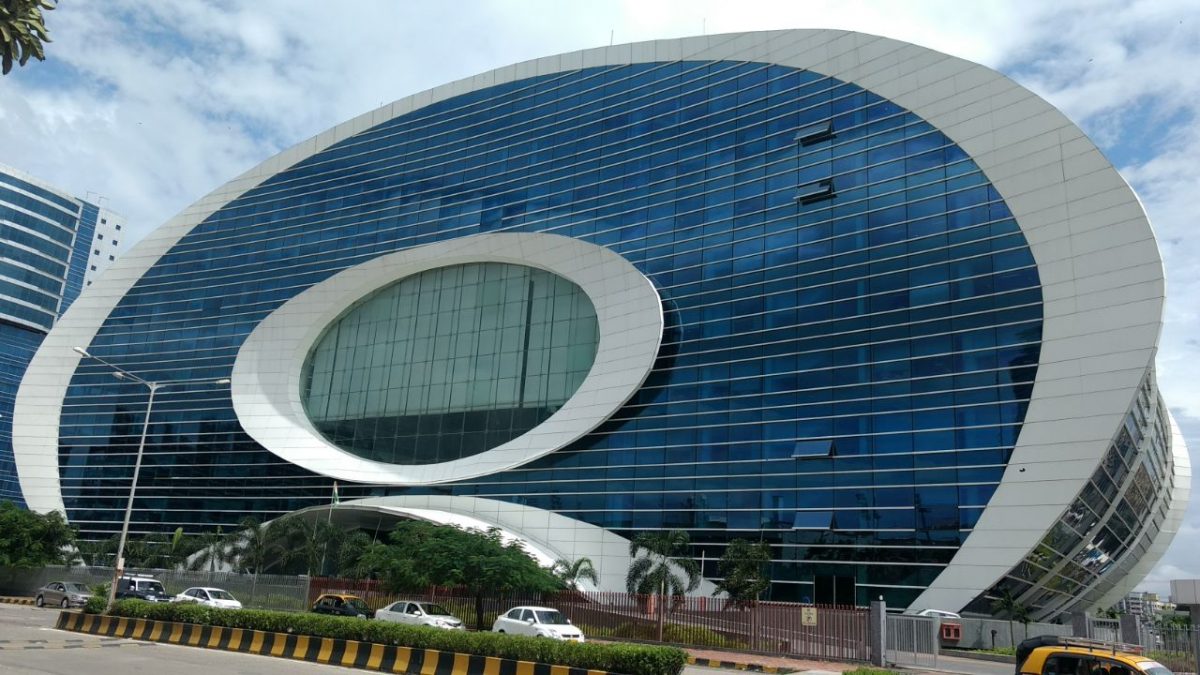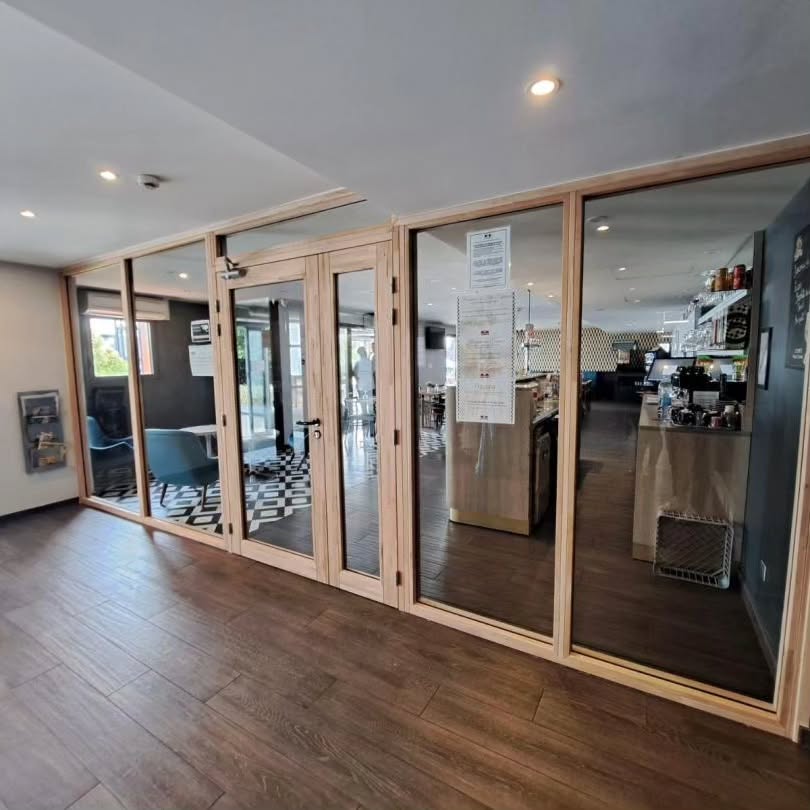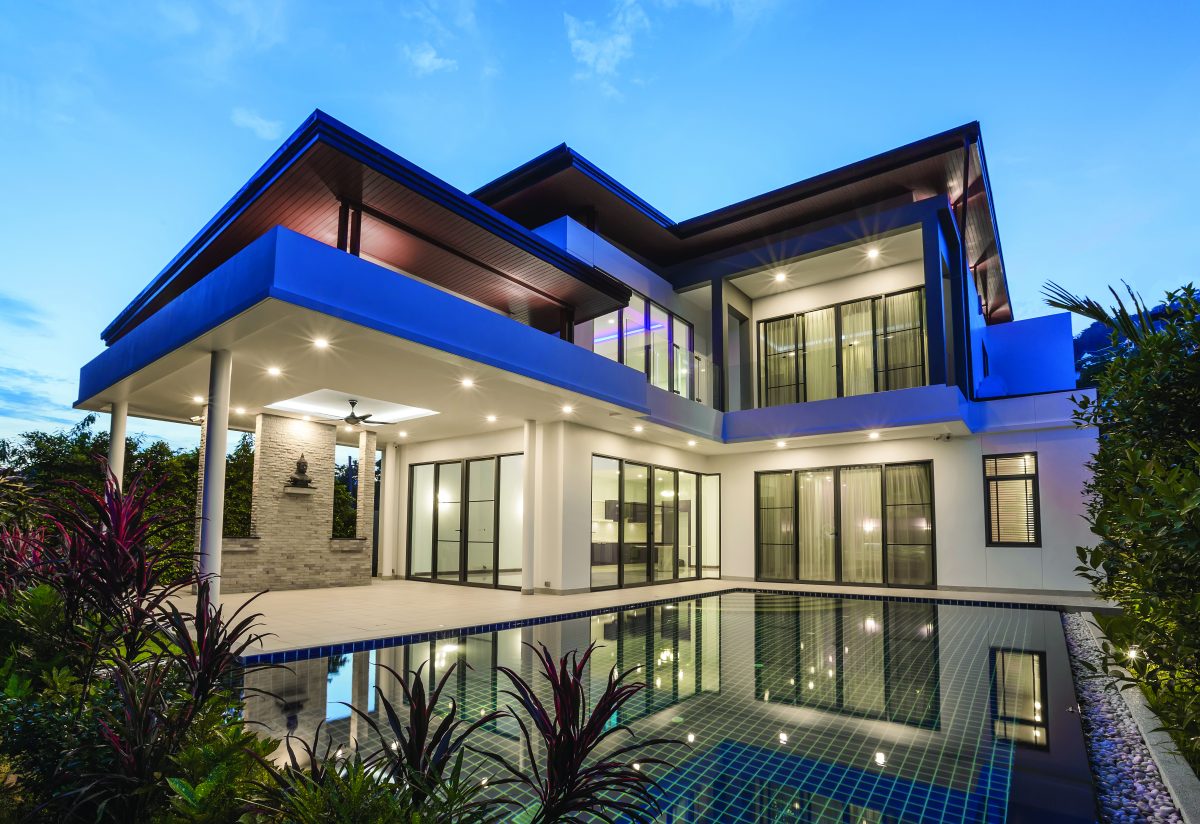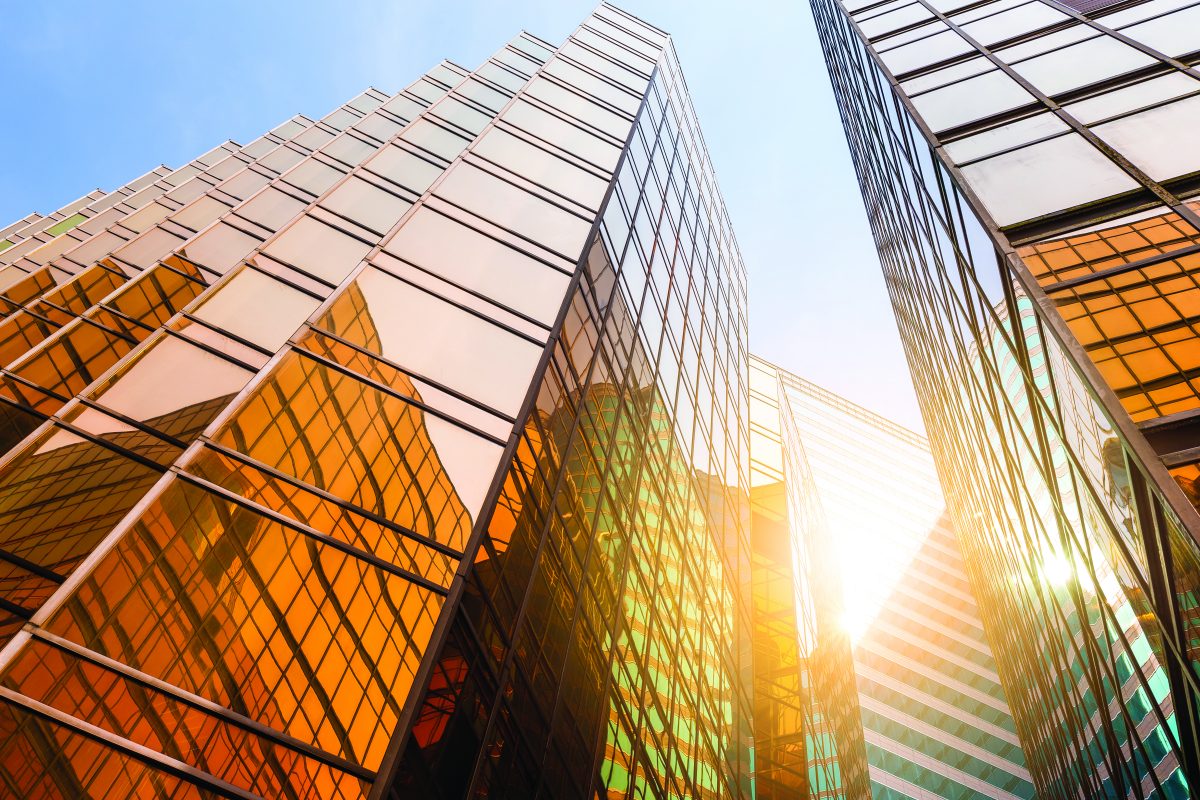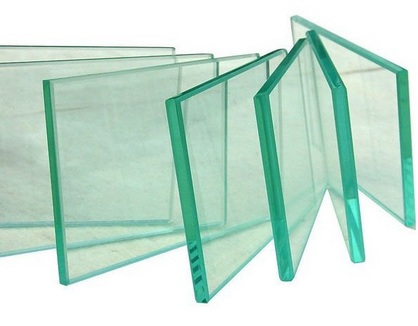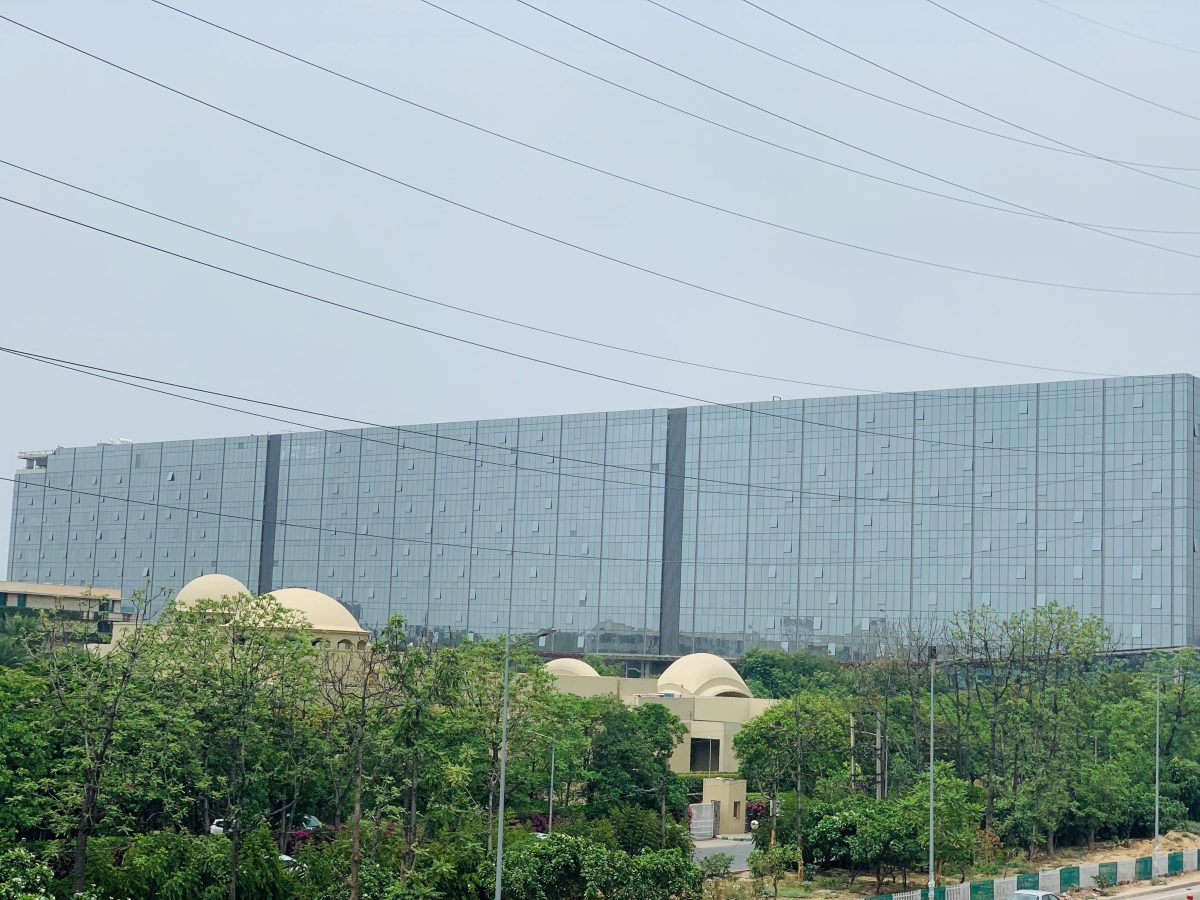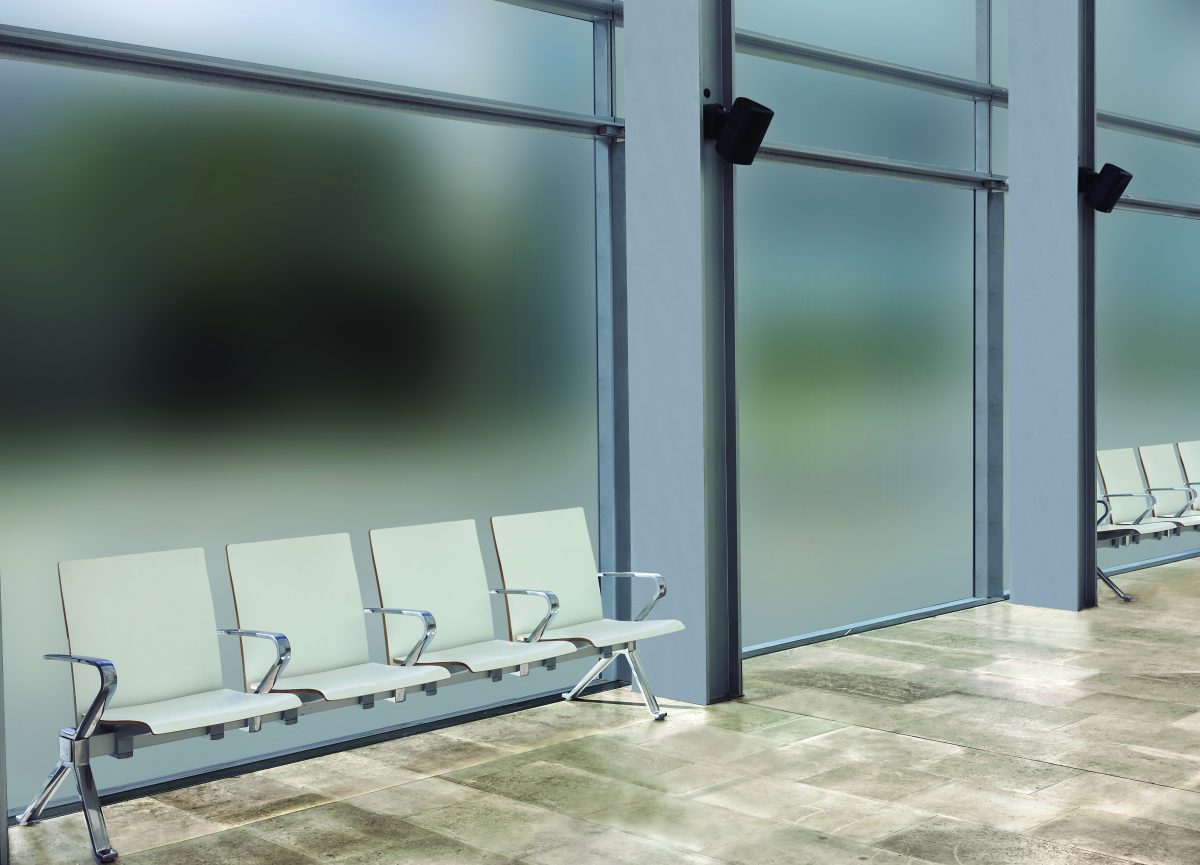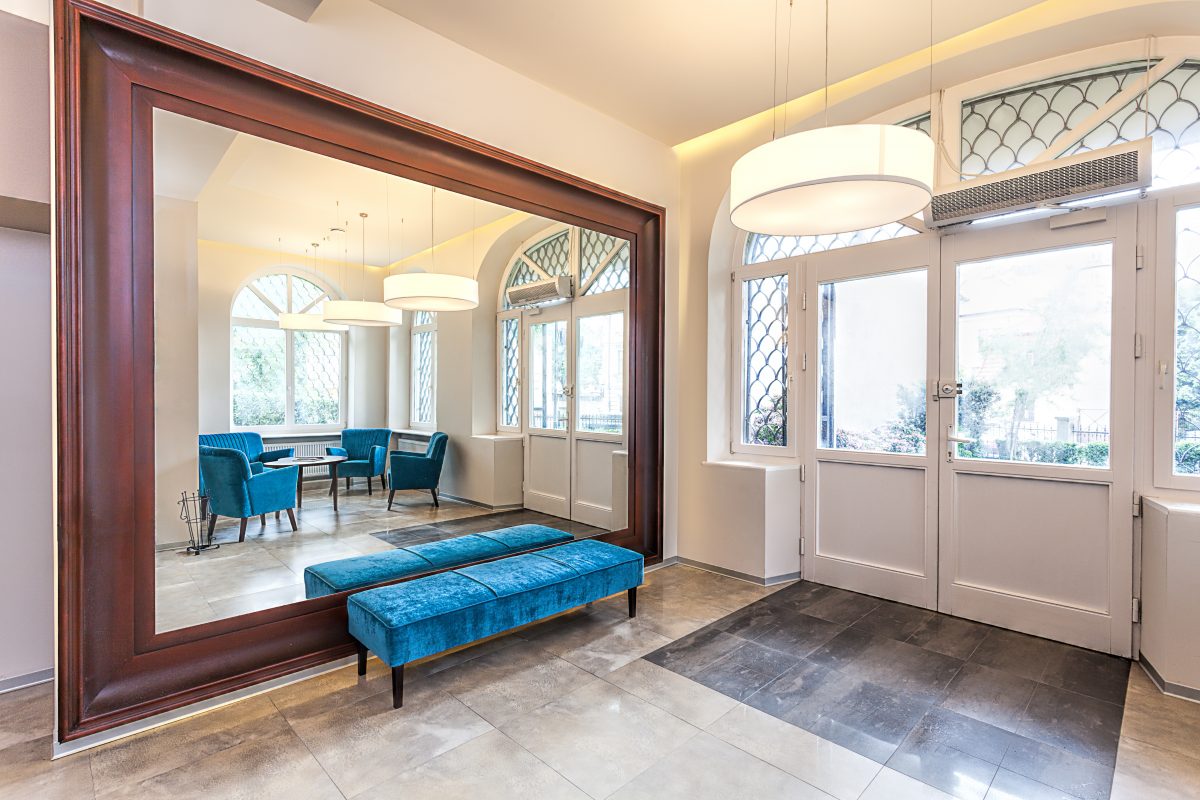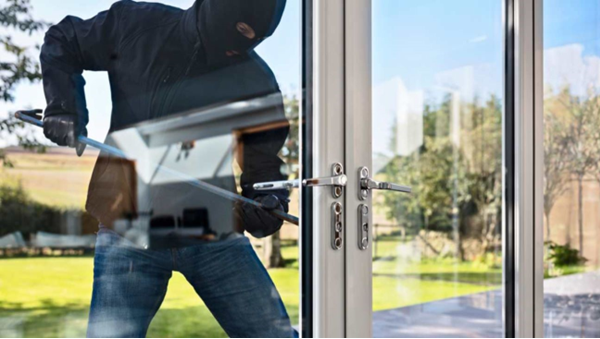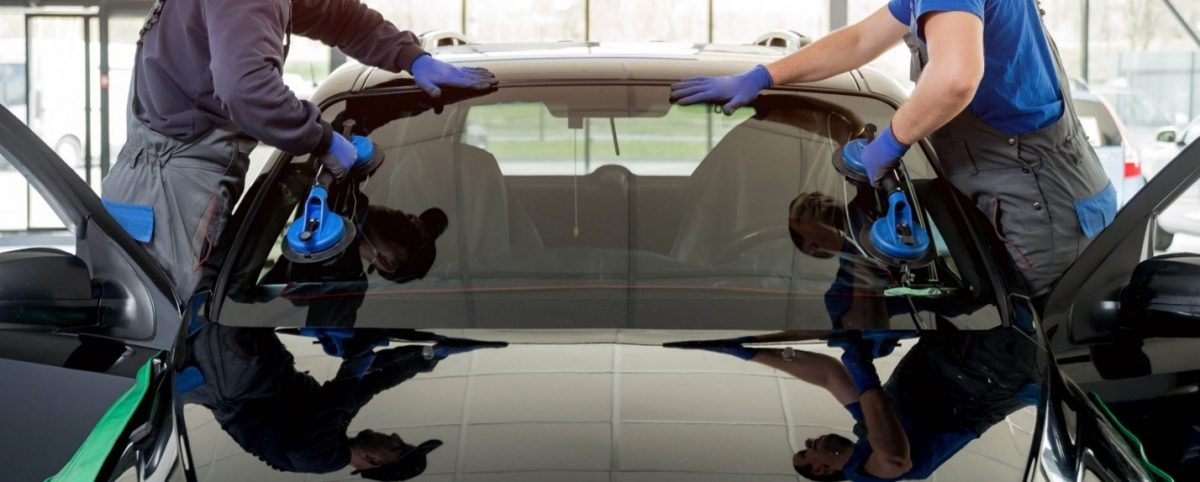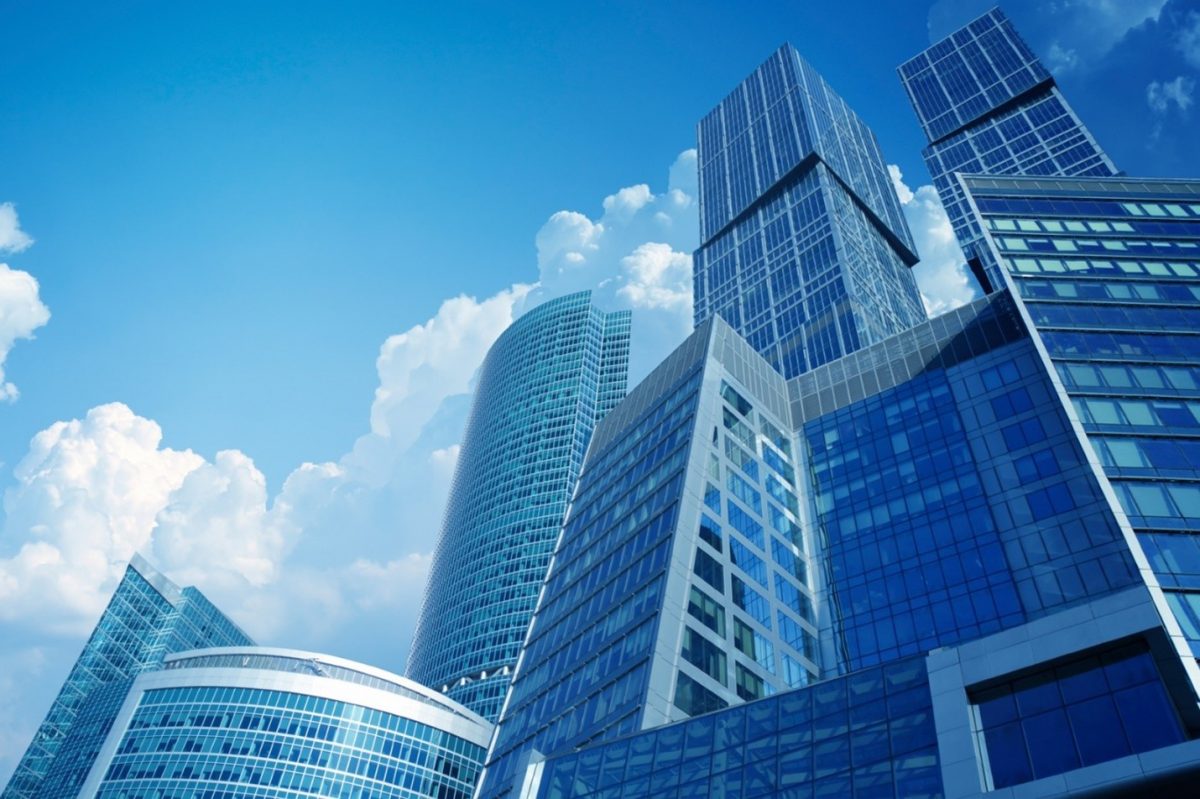Reflective glass enhances architectural design and improves space inertia. It creates dynamic exteriors that transform with a shift in weather and light, helping to balance transparency and privacy for occupants. Reflective glasses not only add a modern touch to decor but also moderate solar controls to maintain comfortable and warm interiors. In this blog, we will learn about the applications of reflective glass in modern architecture.
What is Reflective Glass?
Reflective Glass is a type of coated glass designed to reflect heat, light and solar radiation. The glass has a metallic oxide coating that reflects the sun’s rays, keeping the building cool from within. The glossy appearance of the glass also gives the building a stunning appearance, and it is widely used as a window and facade in big skyscrapers. The reflective glass is also responsible for bringing down the energy consumption of the building in which it is being installed. As the room stays cooler due to lesser solar radiation, the use of air conditioners is also reduced, thereby proving to be a greener approach than regular glass.
Applications of Reflective Glass in Modern Architecture
Listed below are the applications of reflective glass in modern architecture:
1. Structural Facade Glazing
One of the most iconic and common applications of reflective glass is the facades of skyscrapers and other high-rise buildings. These sleek, mirror-like facades help reduce the effects of solar radiation by reflecting out the sun’s heat rays and keeping the building cooler. This reduces the need for air conditioning in large buildings.
The glasses also enhance the privacy required by individuals living inside a building by preventing people outside from seeing what’s happening inside. The shiny and polished nature of the glass also adds to the building’s aesthetic appeal.
2. Glass Windows
Most of the heat and radiation in residential and commercial spaces seeps in through the windows. Reflective glasses help block out the harmful UV and IR rays of the sun. They also prevent heat rays from entering your space, allowing only natural light to seep in, offering a much brighter indoor environment. With reflective glasses, you get maximum sunlight without the risk of overheating.
3. Skylights
Skylights are a great way to enjoy daylight and an indoor-outdoor living experience. However, installing normal glass as your skylight can result in overheating. Opt for reflective glass, which not only reduces overheating and solar glare but also helps keep out harmful UV and IR rays and lowers heat gain.
4. Residential Architecture
Reflective glass is not only used for its functional properties; architects and interior designers also use it to create stunning and energy-efficient homes. For example, reflective glass can be used on doors and windows to ensure privacy and prevent excessive heat from entering.
In many modern houses, reflective glass is also used as partitions to create the illusion of a larger open space. Furthermore, adding reflective glass and railings to a balcony helps enhance its aesthetic appeal.
5. Curtain Walls
Reflective glasses also make excellent curtain walls. The reflective glasses have low-e wall coatings that help control reflectivity and add a touch of elegance to curtain walls, allowing natural light penetration and energy efficiency.
6. Spandrel
Architects use reflective glass to establish continuity and create visual contrasts in their brilliant vision of the spandrel blend.
7. Curved Glazing
Curved glass is a popular feature of modern architecture, giving buildings an opulent look. This is especially true when reflective glass is used, as it perfectly captures the surroundings and appropriately blends with the skyline, providing continuity.
8. Oversized Glazing
Oversized glass panels can be made with reflective glass to make a building more aesthetically pleasing, which is a common feature of modern architectural designs.
Conclusion
Reflective glass is a game-changer in architecture. Its ability to combine style with functionality makes it a good choice for contemporary residential and commercial building decor. With its energy-saving, versatility and aesthetic properties, reflective glass contributes to a greener future. AIS Glass offers high-quality reflective glass to serve your architectural needs. You can choose from a wide range of customisable products of the highest quality, available in multiple shapes, sizes and thicknesses.

